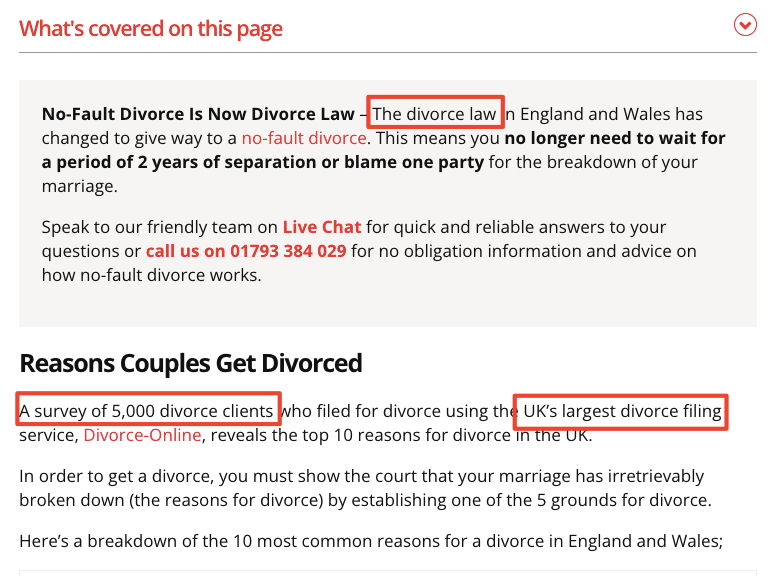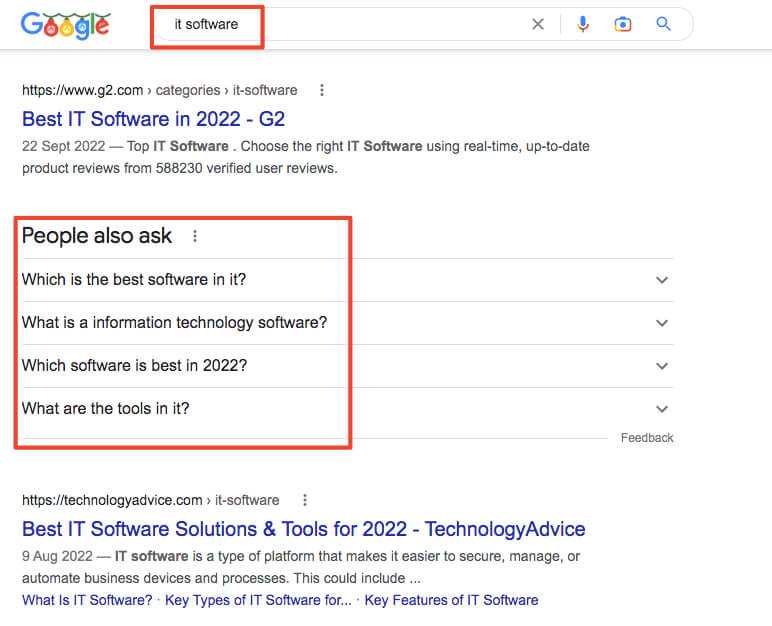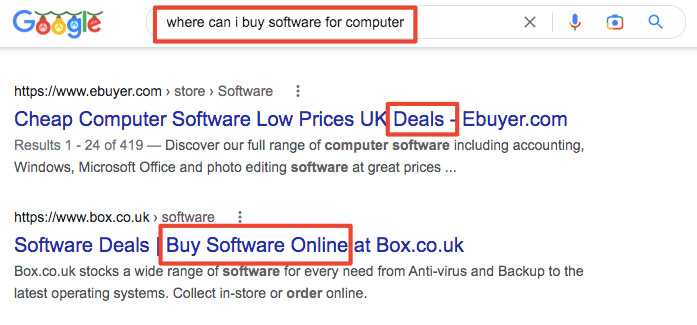What is an SEO brief?
An SEO brief is a helpful document you give to your writer. They can write compelling, optimised content for you. Your brief should include all the relevant information for a writer to go away and produce an article that meets your expectation. Then you know the brief was perfect.
What does an SEO brief include?
An SEO brief includes the basics of the article. Give them:
- Structure
- USPs
- Main messaging or article point
- Your target keyword
- The ideal word count
- Your ideal audience
- H1
- Meta title and description
- Any tone of voice or branding guidelines
Why should you use a brief?
There are three reasons you should brief your content writers with an SEO-focused document.
1. Your content will be consistent
When you find a good content writer you’re happy with, relax! You know that the content quality is always of a certain standard. You can rely on your writer to fully grasp your company’s branding, the language type and the messaging you need.
2. You can produce more content
You’ve found a great writer. You’ve done your keyword research. You’ve got your content plan for the next 12 months. Be efficient and increase your productivity levels. Get more content out the door. Rank faster, get more traffic quicker.
3. Spend less time and money on writing in house
You’re undoubtedly excited to see great results from all the new content you’re going to publish steadily over the next year. All of the writing time stays with the writer. So you focus on the keyword research and creating the briefs. It might need a few investment hours at the start. Dedicate time with your team to your content plan.
Then, get a process in place. Assign roles and deadlines. Get a shared calendar. Everyone plays on their strengths, including your new writer or writers. Stick to the successful process. Save money and see results long term.
How to create an effective brief for your writer
1. Give your writer specific keywords
Include your target keyword, and how many mentions you’d like included. Include examples of relevant, related keywords too because a good writer will naturally be able to use those words and phrases if they’re talking about the topic. That way, you might rank for those secondary terms too.
2. Give your writer a rough word count to aim for
So many companies tell their writers to “aim for 500 words, that’ll do”. Don’t make that mistake. Research your online competitors and see what type of copy ranks well. If it’s a long form explainer article, you need to advise your writer to go for 2000-3000 words or more.
If it’s a quick question and your searcher wants the answer in less than 500 words, don’t write over 3000 words. You are wasting your money. Get your writer to meet the search intent. Use the space in your brief.
Learn more about the ideal content length.
3. Brief them in the outline
Indicate how you see the article flowing. Include some headings, sub headings and key points to pad out.
Tell them what the final call to action should be. Do you want your writer to link to the latest blog post or is there a topical or relevant article? Link to it!
4. Tell your writer what other links to include
Do you have product or service pages you want to link to?
Do you want similar blog content linked to?
Are you mentioning Government information you could link to?
Tell your writer which links to aim for and avoid.
5. Inform them of your ideal audience
Let’s say your business is selling sports’ trainers in the UK. Your content is perfectly optimised. But if it’s talking to the wrong person, they will leave almost instantly. Your writer needs to connect with the audience. Then, the content will sell itself. Just as Peter Drucker, influential thinker and author, says:
“The aim of marketing is to know and understand the customer so well the product or service fits him and sells itself…
Tell your writer who your audience is. Avoid shoving the below in your brief and hoping for the best!
- Gender
- Home country
- Age
This doesn’t tell us anything about your audience. Instead, tell your writer about your audience’s problems, desires and worries. For example:
Desires to run his first marathon
- Worried he can’t afford comfortable marathon running trainers
- Needs to find some running trainers at discount
Your writer now has the tools to connect emotionally with your audience.
6. Let them know what your company’s tone of voice is
Is your brand B2C, and all about helping people find their favourite product? Alternatively, do you deal with corporate businesses selling them high end, complex software?
Whatever your business sells, your company has a branding. So, brief your writer properly to create brand-aligned copy.
For example, this is Divorce Online’s header copy.

So, naturally their content must be authoritative and correct when referencing the law.

Whereas, Women’s Health Mag talks about divorce very differently because they have a different tone of voice. It’s almost a bit sarcastic.

We all spend a lot of time on the internet. In fact, people across the world spend 147 minutes every day on average on social media, according to Statistica. In 2010, it was only 90 minutes.
So, not only does your content need to stand out and engage your ideal consumer, it needs to reflect your tone of voice guidelines.
Add pointers to your brief to help the writer think in the correct direction.
What words or phrases do you want to steer clear of?
- Do you want them to use cliches?
- Can you give them your branding guidelines?
- Do you have any tag lines you want to be mentioned?
- Do you prefer corporate jargon, or relaxed content?
Provide the answers to these questions in your brief. You’re well on your way to publishing brand-aligned content.
7. Include examples and competitors
It’s one thing giving a writer a basic outline and throwing a keyword or two their way. It’s quite another to provide them with genuine resourceful information. So, do your keyword research, and then go one step further. You won’t regret it.
Use our competitor keyword gap analysis to find out which keywords your top competitors are ranking on, but you are not. Check what competitors are doing to rank for that keyword. Cherry pick your favourite examples. These should be the top three or five organic listings because they’re ranking the best in the SERPs.
Send your writer links to the best pieces. Mention why you like them. Screenshot certain parts of the page so there is no confusion. Your writer will see exactly how you envision your content looking. Then, they’ll be able to create something similar, and better!
Has a company published an article on the topic in a backwards way? Maybe they’ve talked about a point in a manner you don’t like? Tell your writer what you like and don’t like. They should know what to avoid including and understand your messaging even more clearly.
What to avoid in your brief
Don’t go crazy over search volume, and forget search intent
Search volume is important. But search intent is even more important. So, include all terms in the brief’s keyword section that have high volume as well as lower volume ones. Remember, Google rewards content that satisfies the user’s intent.
Would you rather rank for:
- ‘IT software’ with thousands of search volume, but the intent to purchase any is very low

Or B) a long tail search query with much lower searches a month, but the searcher is ready to order now?

So, remember that although the search volume is important, don’t obsess about it in your brief. Ensure the writer has sufficient information to meet that intent.
Avoid omitting the key formatting
Your competitor research will show you what content layout ranks well. Do you see long form explainer articles, quick fire bullet points, or ‘how to’ style ranking? Inform your writer. Get this wrong and you’ll be wasting your money.
Does your online competitor rank by listing bullets of their ‘top 5 recommended products’? Don’t ask your writer to produce 3000 words explaining an industry topic to try and compete.
Whatever you decide, use your research, include it in the brief and tell your writer exactly what you want the page to look like. You are now equipped to write an awesome SEO-focused content brief for your writer. Are you strapped for time? We have a trusted team of SEO writers across the world. If you need any help with content writing, come and have a chat with us.
